- Solar For All, created under the Inflation Reduction Act, aimed to bring affordable rooftop solar to disadvantaged communities across the U.S.
- The EPA says the program’s repeal follows the “One Big Beautiful Bill” law, drawing sharp criticism from lawmakers, environmental groups, and industry leaders.
- The decision comes amid broader rollbacks of renewable energy incentives, despite solar now being one of the cheapest sources of electricity in the U.S.
The Trump administration has moved to dismantle Solar For All, a $7 billion federal grant program created to help nearly one million low-income and disadvantaged households install rooftop solar panels and lower their energy bills.
Launched under President Biden’s 2022 Inflation Reduction Act, the program was designed to accelerate residential solar deployment in underserved communities, where high electricity costs and aging infrastructure often limit access to clean energy. The Environmental Protection Agency (EPA) had already awarded grants to 60 recipients—including state energy agencies, tribal governments, and nonprofit organizations—across both Republican- and Democratic-led states.
Projects ranged from direct rooftop installations to community solar farms, with the potential to cut household power costs by hundreds of dollars a year while reducing carbon emissions and creating thousands of clean energy jobs.
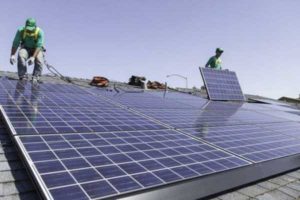
Workers install solar panels on the roof of a home. The number of rooftop solar. (encinitasadvocate)
In a video posted to X, EPA Administrator Lee Zeldin announced that the program would be terminated following passage of July’s “One Big Beautiful Bill,” which repealed the Greenhouse Gas Reduction Fund under which Solar For All operated. Zeldin accused the program of being a “grift,” claiming that too much of the funding was being consumed by administrative costs and criticizing its exemption from federal “Buy American” requirements, which he said favored foreign—particularly Chinese—manufacturers.
The EPA has begun sending termination letters to grant recipients.
According to research firm Atlas Public Policy, of the $7 billion awarded, just $53 million has been spent so far. Historically, obligated federal funds were considered secure once contracts were signed, but the Trump administration is testing whether those commitments can be reversed—a move that could spark legal challenges.
Reaction from environmental advocates, lawmakers, and industry leaders was swift and scathing.
Senator Bernie Sanders accused the president of protecting the “obscene profits” of fossil fuel companies, while Senator Elizabeth Warren warned that ending the program would drive up energy bills and kill thousands of clean energy jobs. Kyle Wallace, a vice president at solar provider PosiGen, called the decision “short-sighted” and potentially illegal.
In Massachusetts alone, the program was expected to save residents 20 percent on their annual power costs—about $400 per household—delivering $8 billion in total savings nationwide.
The cancellation fits a broader pattern of the administration rolling back renewable energy initiatives.
In recent weeks, the White House has repealed wind and solar tax credits, rescinded all designated offshore wind zones, restricted renewable energy leases on federal land, and proposed eliminating greenhouse gas rules for power plants and vehicles. The administration has also signaled support for expanded fossil fuel development, citing concerns over grid reliability and what it calls a manufactured “energy emergency.”
These moves come even as the U.S. solar industry reaches record highs, adding 50 gigawatts of new capacity in 2024 and employing more than 263,000 Americans. Market data from Lazard shows that utility-scale solar and wind are now the cheapest sources of electricity in the country, beating even the lowest-cost fossil fuel plants.
If the repeal of Solar For All stands, it will deal a significant blow to one of the few large-scale federal programs directly targeting energy cost relief for low-income families. It would also shift the country further from distributed, community-based clean energy solutions toward greater reliance on fossil fuels—despite economic evidence that renewable power offers the most affordable path forward. The fight over the program’s future is expected to play out in the courts and on the campaign trail, with its fate now intertwined with the larger battle over America’s energy direction.




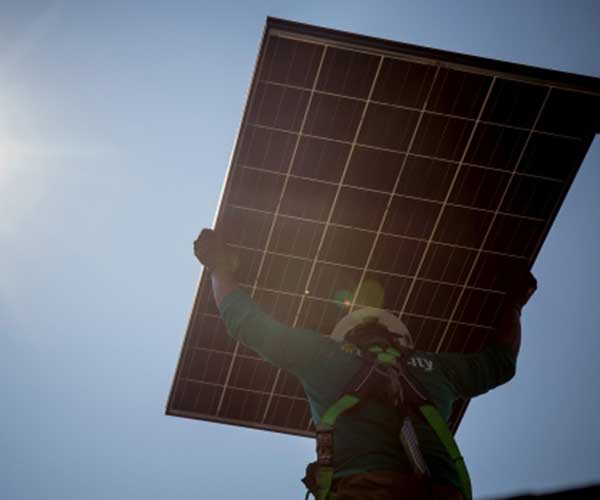

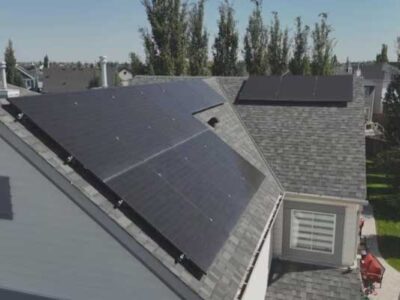



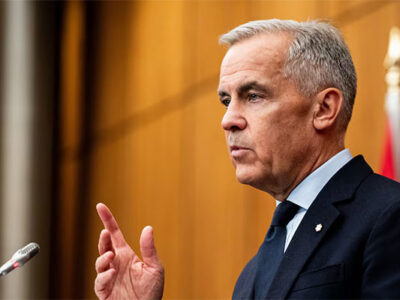
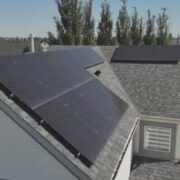


Comments